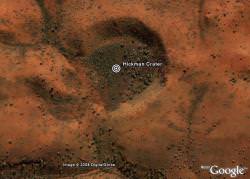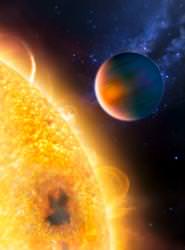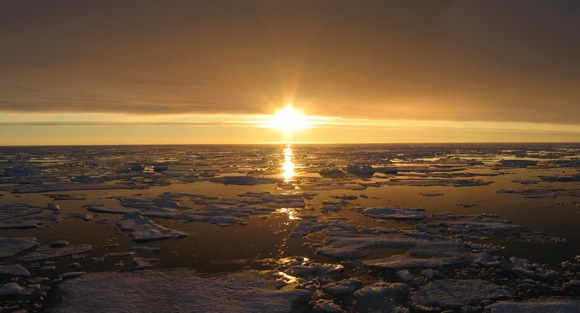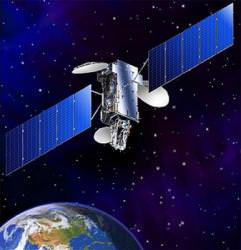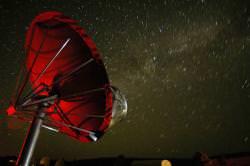With each flyby, NASA’s Cassini spacecraft has been building up the case that there are lakes and seas of liquid hydrocarbons on the surface of Saturn’s moon Titan. But now we get the stunning news that the planet might have vast oceans of water and ammonia underneath its surface as well.
Over the course of 19 separate Cassini Titan flybys, members on the mission science team carefully established the position of 50 unique landmarks on the surface of the moon. After each flyby, they located the landmarks again, and marked their positions.
During nearly 2 years of flybys, from October 2005 to May 2007, surface features had moved from their original positions by up to 30 km (19 miles). The only way the surface could be shifting like this is if the moon’s icy crust is floating atop an internal ocean.
“We believe that about 62 miles beneath the ice and organic-rich surface is an internal ocean of liquid water mixed with ammonia,” said Bryan Stiles of NASA’s Jet Propulsion Laboratory (JPL) in, Pasadena, Calif.
Since Titan has an incredibly thick atmosphere, 1.5 times more dense than the Earth, it’s possible that powerful winds are rocking the moon back and forth around its axis. It might be speeding the rotation up at one point in the year, and then slowing it back down again. But this would only be possible if there’s an ocean underneath the surface that the entire crust floats on top of.
“The combination of an organic-rich environment and liquid water is very appealing to astrobiologists,” said Ralph Lorenz, lead author of the paper and Cassini radar scientist at the Johns Hopkins Applied Physics Laboratory in Laurel, Md. “Further study of Titan’s rotation will let us understand the watery interior better, and because the spin of the crust and the winds in the atmosphere are linked, we might see seasonal variation in the spin in the next few years.”
Researchers will get another chance to test their theories shortly. Cassini is due to make another Titan flyby on March 25th, at an altitude of only 1,000 km (620 miles).
The research will be published in the March 21st issue of the journal Science.
Original Source: NASA News Release

